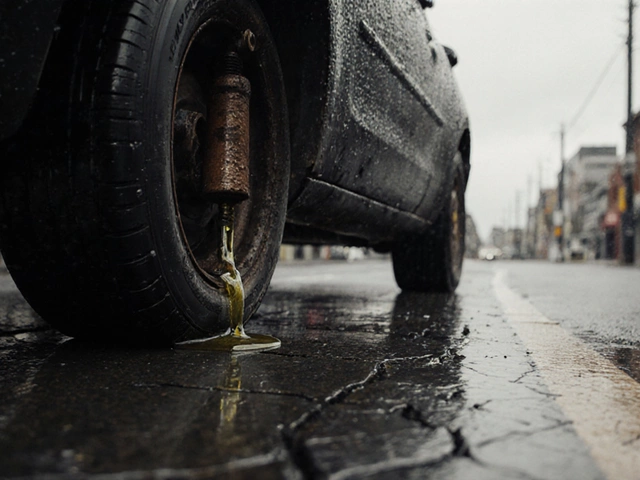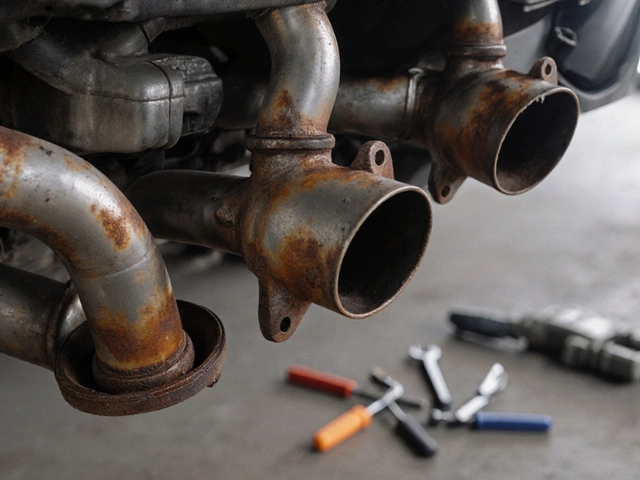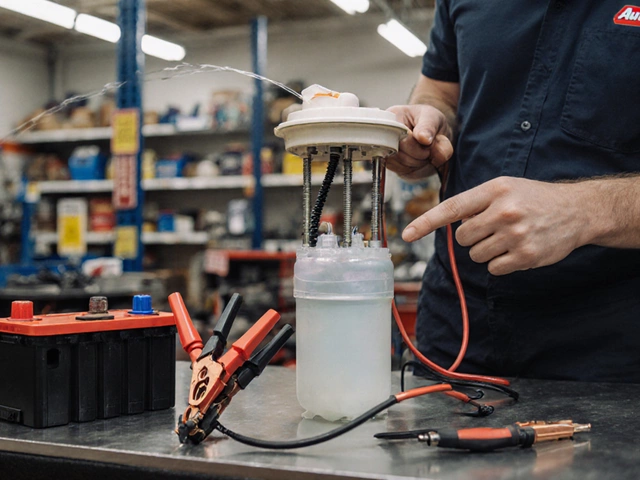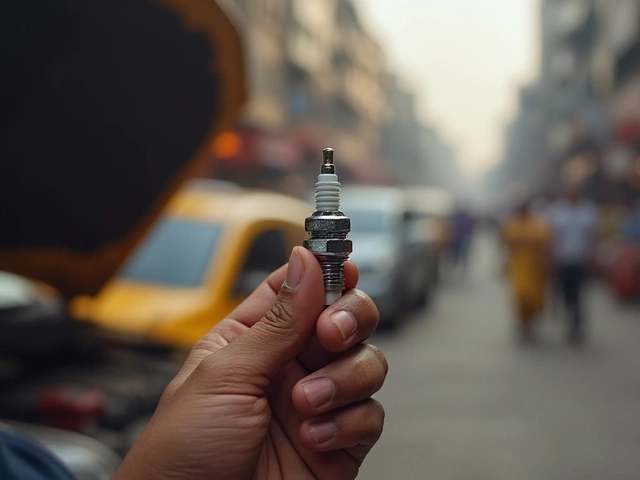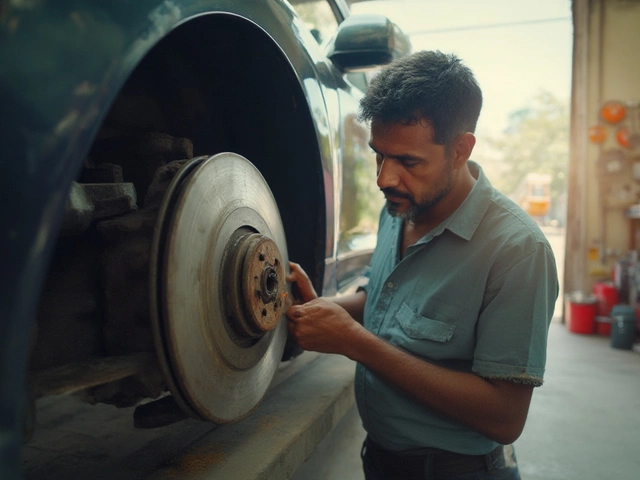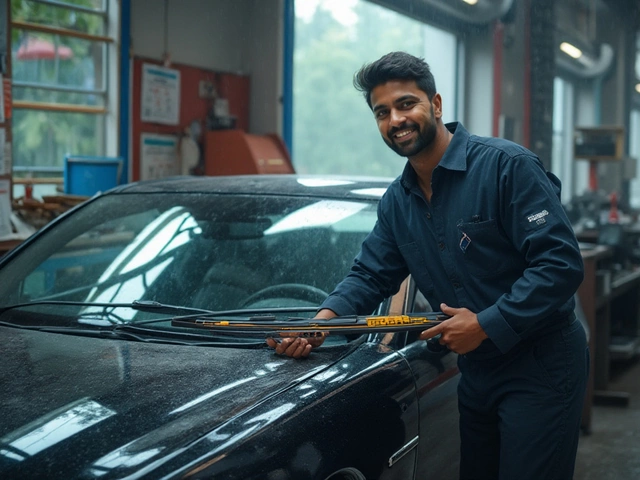Radiator Repair Without Replacement
When your radiator, a key part of your car’s cooling system that circulates coolant to prevent engine overheating starts leaking or cracking, most people assume it’s time for a full replacement. But that’s not always true. Many radiators can be repaired—especially if the damage is small, localized, and caught early. A pinhole leak, a loose hose connection, or even a small crack in the end tank doesn’t always mean you need to spend $500 or more. With the right tools and a little know-how, you can often fix it yourself and keep driving without a new radiator.
Fixing a radiator without replacement usually involves sealing leaks with epoxy, soldering metal cracks, or using a radiator stop-leak product. These methods work best on coolant system repair, the process of diagnosing and mending issues in the engine’s cooling circuit, including hoses, water pump, and radiator problems that haven’t spread to the core. If the radiator core is clogged or corroded inside, no patch will help—but if it’s just the tank or seam that’s failing, you’ve got options. Many mechanics skip the repair step and jump straight to replacement, but that’s not always the smartest move. A $20 sealant kit can buy you months—or even years—of extra life if applied correctly.
It’s not just about cost. Repairing instead of replacing reduces waste and keeps older cars on the road longer. If you drive a classic or a vehicle with hard-to-find parts, a good repair is often the only practical solution. Tools like a radiator pressure tester, a wire brush, and a high-temp epoxy designed for aluminum or copper are all you need to start. And if you’re unsure whether your radiator is repairable, check for signs: Is the leak slow? Is the coolant still clean? Is the engine running cool after a fix? If yes, you’re likely in the clear.
Don’t confuse radiator repair with a full cooling system overhaul. You might also need to check the radiator cap, the pressure-regulating valve that maintains proper coolant pressure and prevents overheating, the thermostat, or the water pump—all of which can mimic radiator failure. But if the radiator itself is the root issue, and the damage is minor, repair is not just possible—it’s smarter.
Below, you’ll find real-world guides from drivers and mechanics who’ve fixed their radiators without replacement. Some used stop-leak additives. Others soldered cracks with a propane torch. One person even sealed a leak with JB Weld and drove 20,000 miles without another issue. These aren’t hacks—they’re proven fixes. Whether you’re trying to save money, avoid downtime, or just keep your car running longer, the solutions here will show you how to do it right.
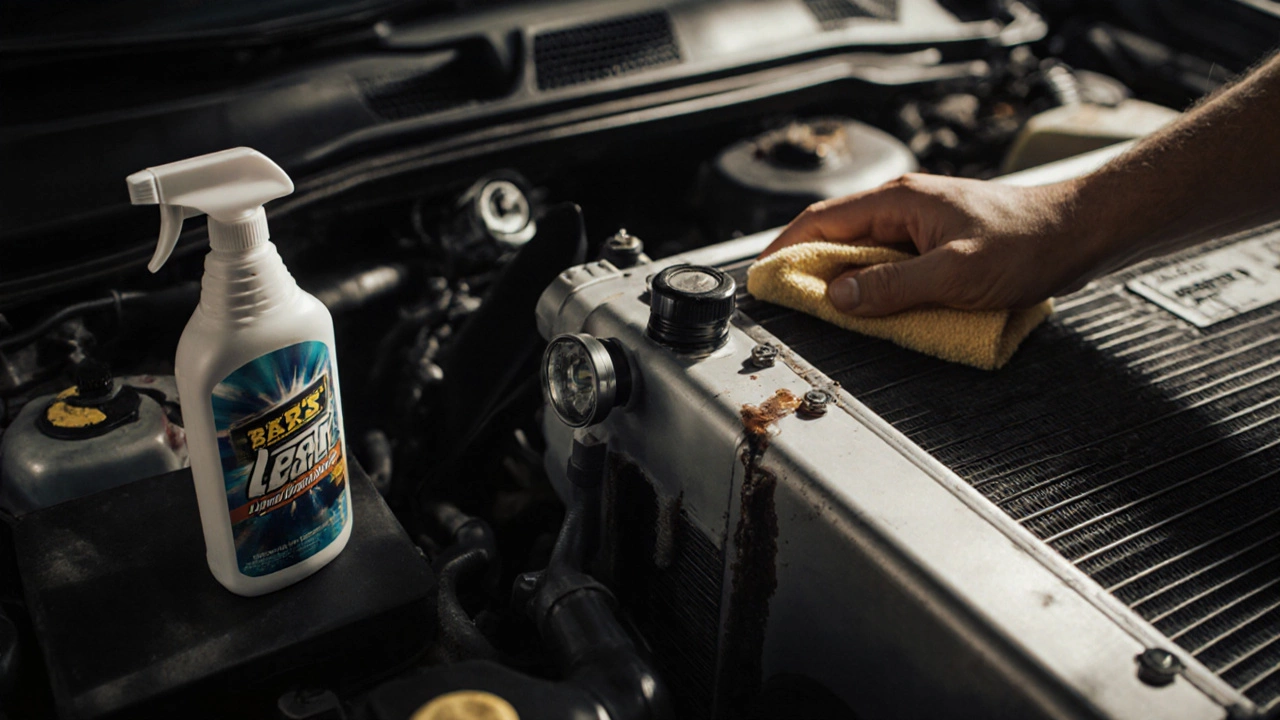
Can You Fix a Radiator Without Replacing It? Practical Fixes for Common Leaks and Clogs
You can often fix a leaking or clogged radiator without replacing it. Learn how to seal small leaks, flush clogs, and extend radiator life with simple, low-cost repairs that save hundreds.
CONTINUE READING